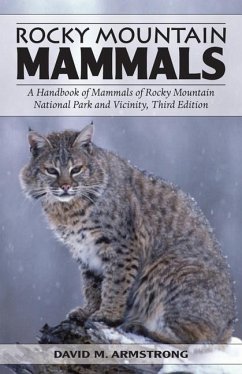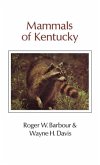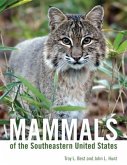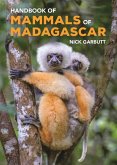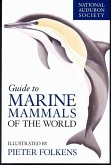A revised and updated nontechnical guide to the mammals of the Southern Rocky Mountains and their foothills offers a wealth of fascinating information on 72 species, describing their habitat, natural history, anatomy, and more.
Hinweis: Dieser Artikel kann nur an eine deutsche Lieferadresse ausgeliefert werden.
Hinweis: Dieser Artikel kann nur an eine deutsche Lieferadresse ausgeliefert werden.

